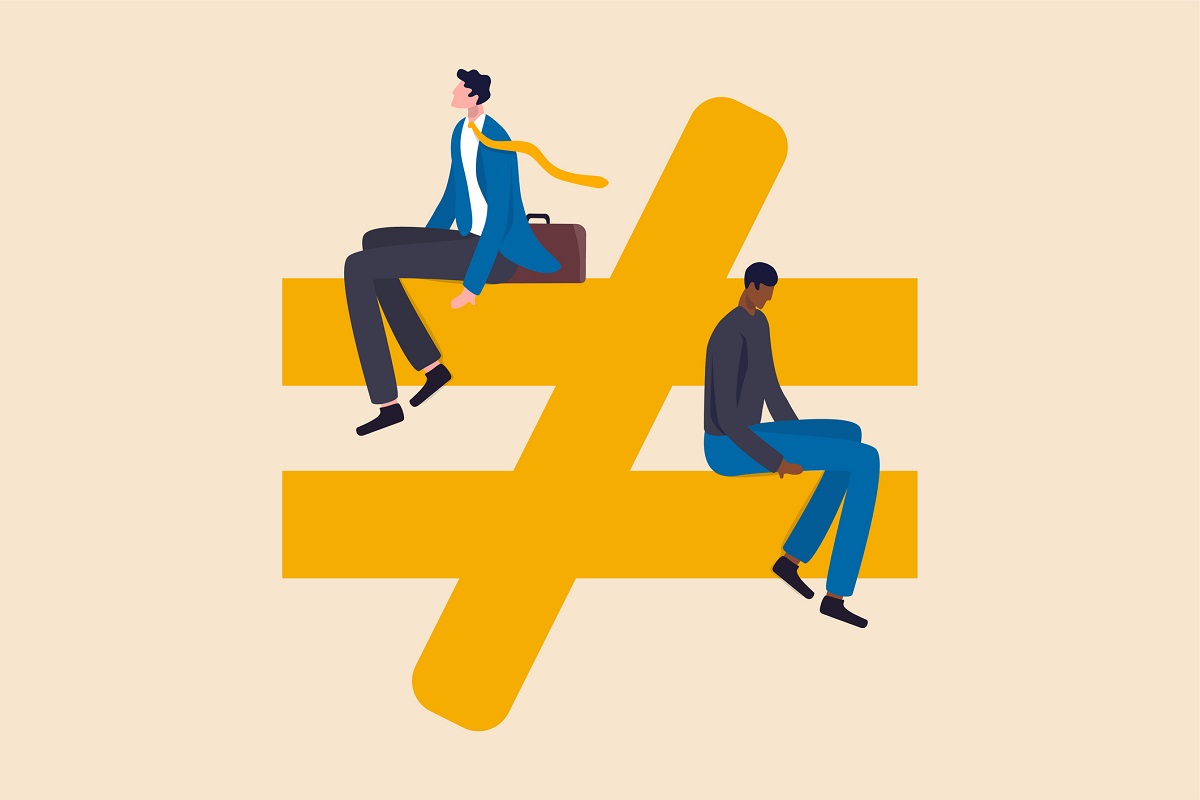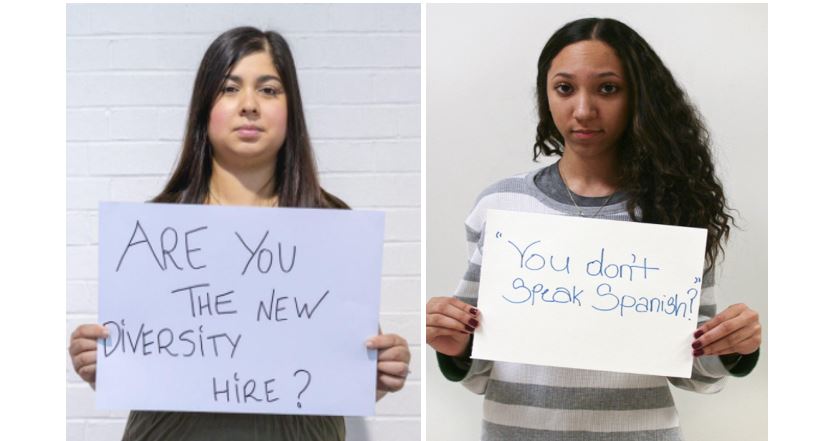Understanding microaggressions, unconscious bias: share your stories by Nov. 25

“You speak English so well.”
“You’re not like other Jews.”
“Nurse, can you find me a doctor?” a patient said to a female doctor.
These are examples of microaggressions, words or actions that are generally unintentional but communicate negative messages toward a marginalized group.
Penn State Health asks employees to share their experiences of microaggressions or unconscious bias ― either in or outside of the workplace ― through a short video, photo or email. Submissions are due Wednesday, Nov. 25. They will be used in a video shown to all current employees and during New Employee Orientation.
Upload a selfie photo or a video (30 seconds or less) or send a short description of the experience to diversity@pennstatehealth.psu.edu. See specifications below.
“Penn State Health promotes an environment where all individuals are treated with respect, valued for their differences and provided with opportunities for personal and professional growth, regardless of their backgrounds,” said Lynette Chappell-Williams, vice president and chief diversity officer, Penn State Health.
“To achieve this positive culture, we all need to examine how we see the world and how that can negatively impact others.”
Penn State Health will embark on a systemwide education training on Jan. 4, 2021. The introductory video will show examples of microaggressions and unconscious bias and how to speak up against them in a positive way as an “upstander” against bias.
Diversity definitions
Unconscious bias refers to the automatic associations that are made between different qualities and social categories such race, gender or disability, and the judgments made without conscious awareness. These associations are developed through our background, life experiences and cultural values.
Microaggressions are typically rooted in unconscious assumptions and stereotypes. Often the person who is conducting this behavior is unaware they have done/said something that offended the other person.
Upstanding is when someone questions a comment or inappropriate joke in a positive way, allowing the person who said it to consider its impact on others.
Video and photo specifications
Videos can be taken with a cell phone. Shoot in a horizontal (landscape) format. The person in the video should be visible in the frame from the waist up. See examples:

Photos can be taken with a cell phone. Shoot in a portrait (vertical) format. See examples:

For questions, contact Melissa Plotkin, project manager in the Office of Diversity, Equity and Inclusion, at mplotkin@pennstatehealth.psu.edu.
If you're having trouble accessing this content, or would like it in another format, please email Penn State Health Marketing & Communications.
